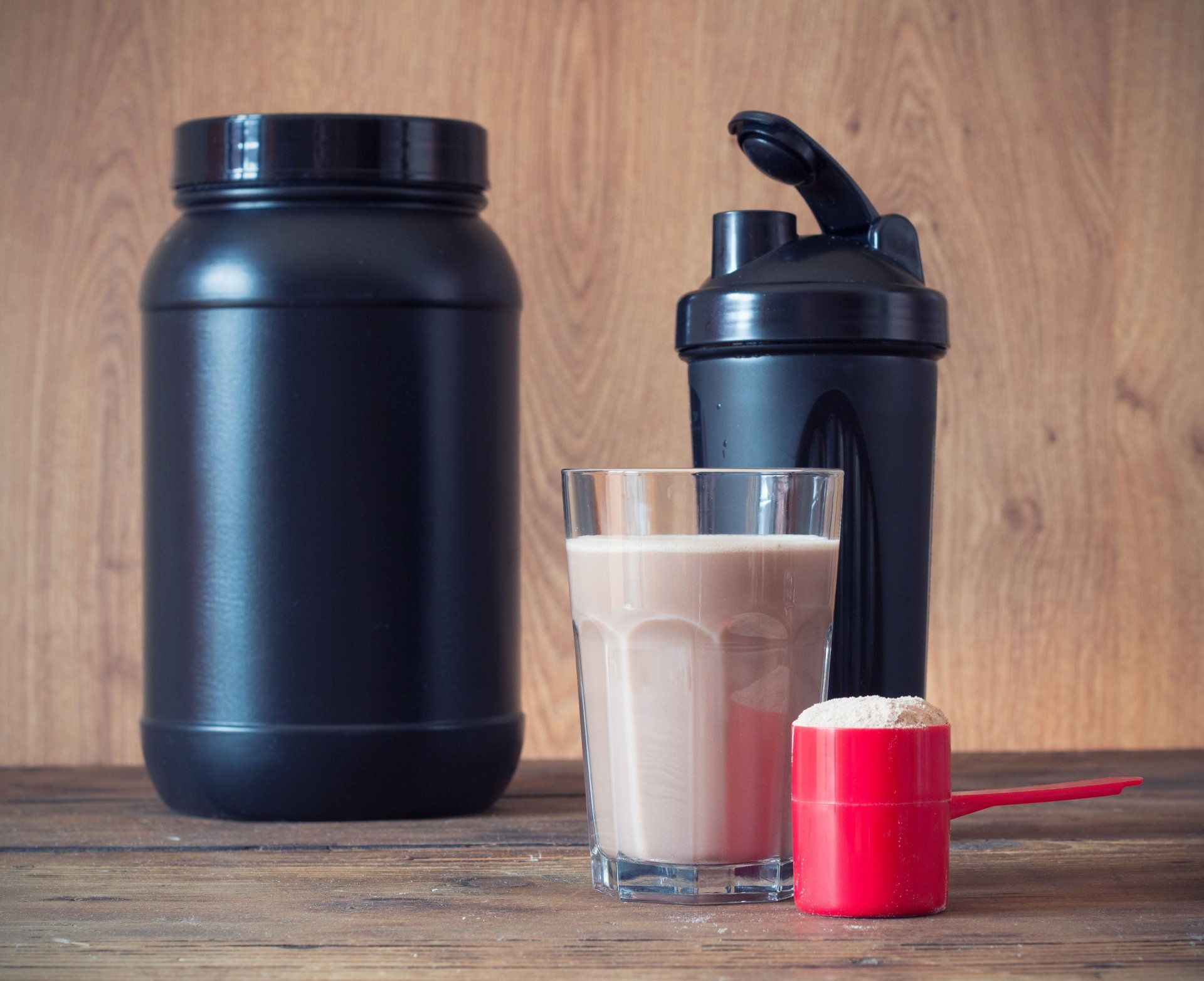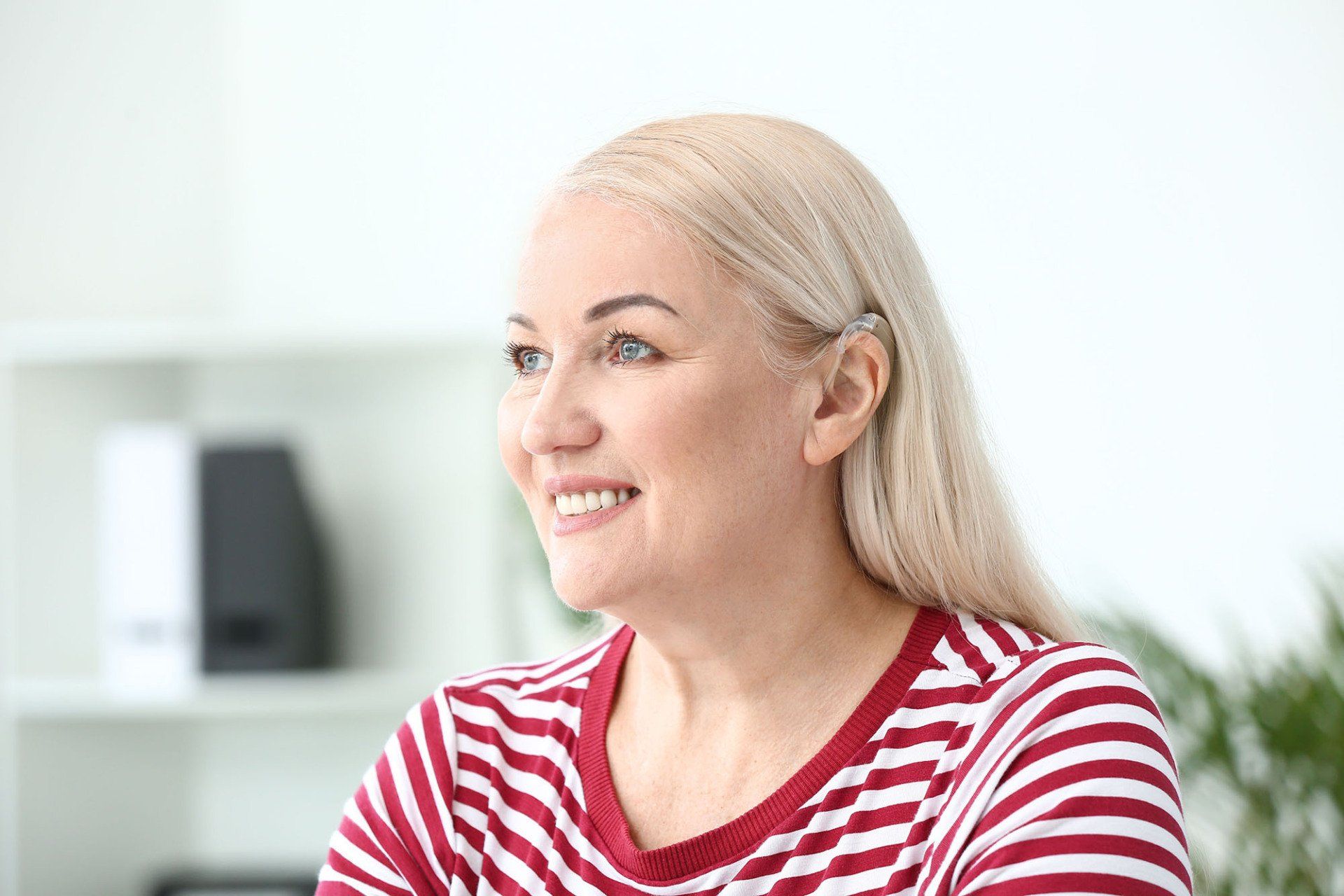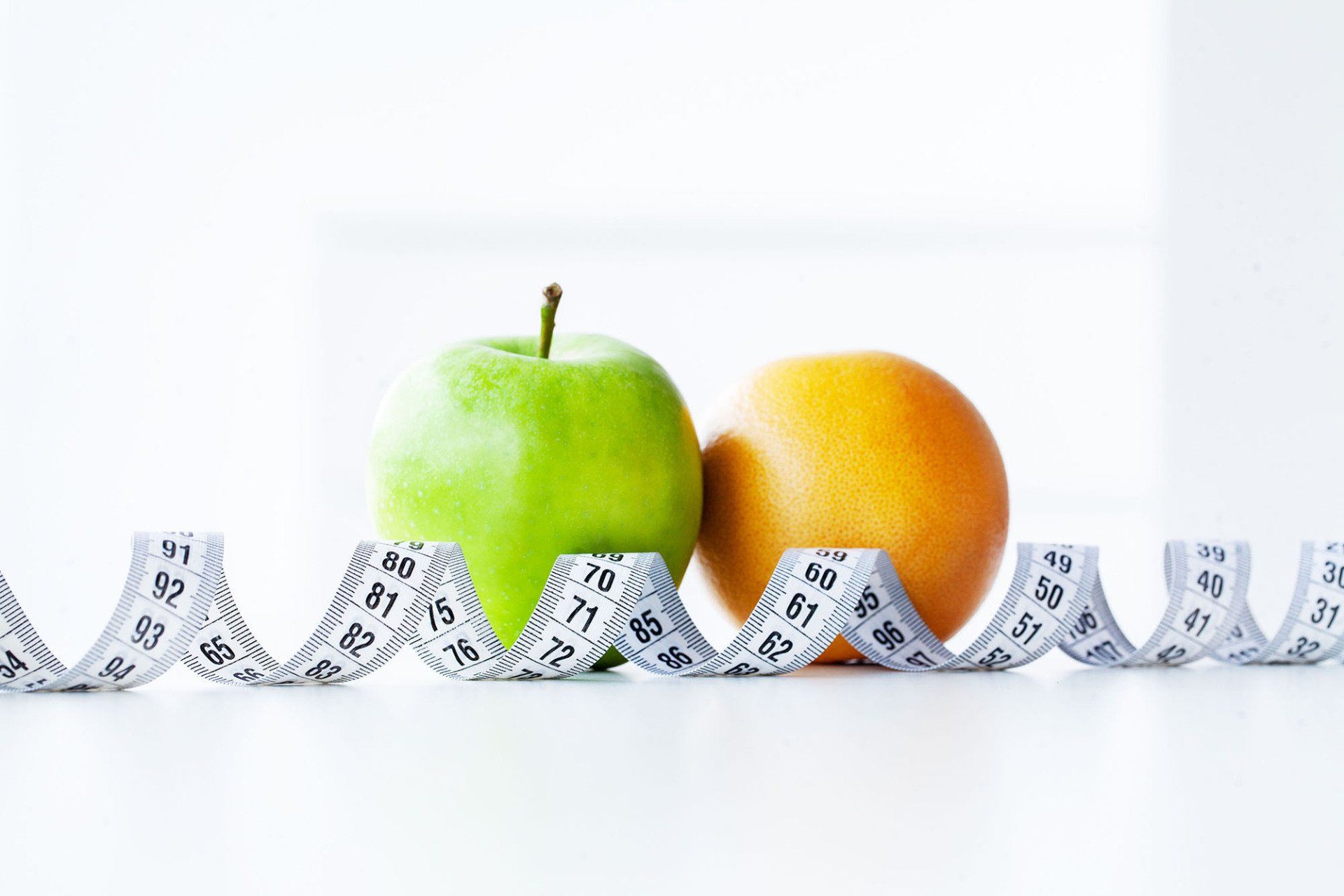Trainer or a Gym?
Trainer or a Gym?
For some individuals, a gym membership offers motivation, companionship and education. There is the ability to learn techniques that are properly geared to your ability level. The wide variety of classes and equipment keep members challenged and hopefully interested in physical activity.
If you choose not to make the financial investment in a membership, your body will still respond to regular, planned movement. Basic, inexpensive equipment like dumbbells and resistance bands can deliver great gains.
Consider what plan will give you the best results. Don’t set yourself up for defeat. Decide on your preferences and needs. Are you likely to go often to a gym that’s too far from your home or office? Do the gym’s hours work well with your schedule?
If you decide not to go it alone, a qualified trainer has valuable skills to teach. They can ensure a safer workout, discuss good form, introduce new machines and keep one’s program interesting. Often they encourage you to work harder towards your goal and focus on enhancing overall health or preparation for a challenging goal.
Since no nationwide licensing requirements exist for personal trainers, consider their certification, references, experience and insurance coverage:
Certification: The National Commission for Certifying Agencies recognizes the American College of Sports Medicine (ACSM), American Council on Exercise (ACE), National Academy of Sports Medicine (NASM) among the top choices.
Experience: Some trainers specialize in working with specific populations. Older adults, athletes, pregnant women and cancer survivors may find trainers that are additionally educated to add expertise in these areas of exercise.
References: Most medical professionals are happy to offer referrals, but so is a friend who knows your personality. Certifying organizations like ACE and ACSM can be helpful.
Liability insurance: Confirm that your trainer has liability insurance whether hired independently or employed by a gym.
When you exercise, some tips include:
- Drink plenty of water
- Never sacrifice good form to lift heavier weights
- Breathe out as you lift or exert force; breathe in as you lower or release
- Isolate and focus on the muscles you are using
- Avoid jerking movements
- Don’t hyperextend or lock joints
- Listen to your body. Avoid painful movements and build up slowly over time
- Pay attention to any imbalances based on body dominance (left or right)
- If you do sustain an injury, remember RICE (rest,ice,compression,elevation), and call your Doctor for advice
- A cool-down includes 10min of walking around and gentle stretching
- Never avoid warning signs. Body distress may manifest as discomfort, wheezing, shortness of breath that takes more than 5 min. to resolve, faintness, etc.
- The National Institute on Aging directs us to temporarily avoid some exercises if one has a hernia, non-healing skin sores, hot or swollen joints, lasting pain, blood clots, certain eye conditions, chest pain or fever
Exercise is great for weight loss, the brain and overall health; but ensuring safety while deciding on a program, is critical. We want the full benefit of our movements by wisely exercising.











Share On: